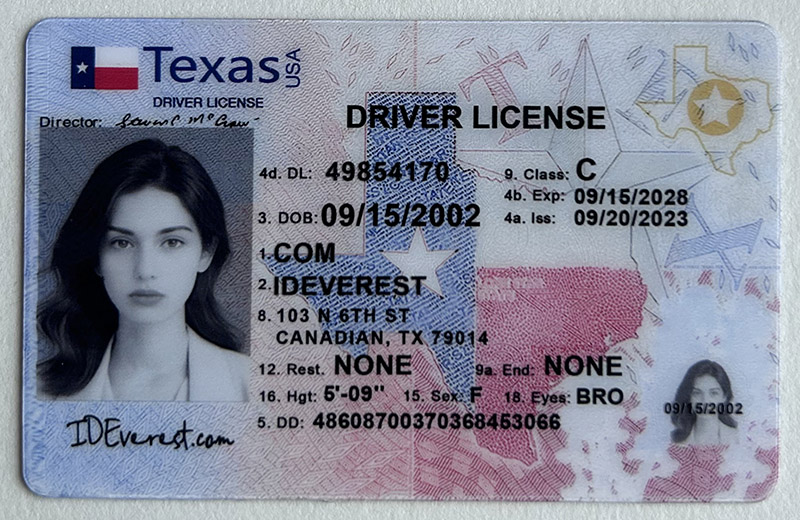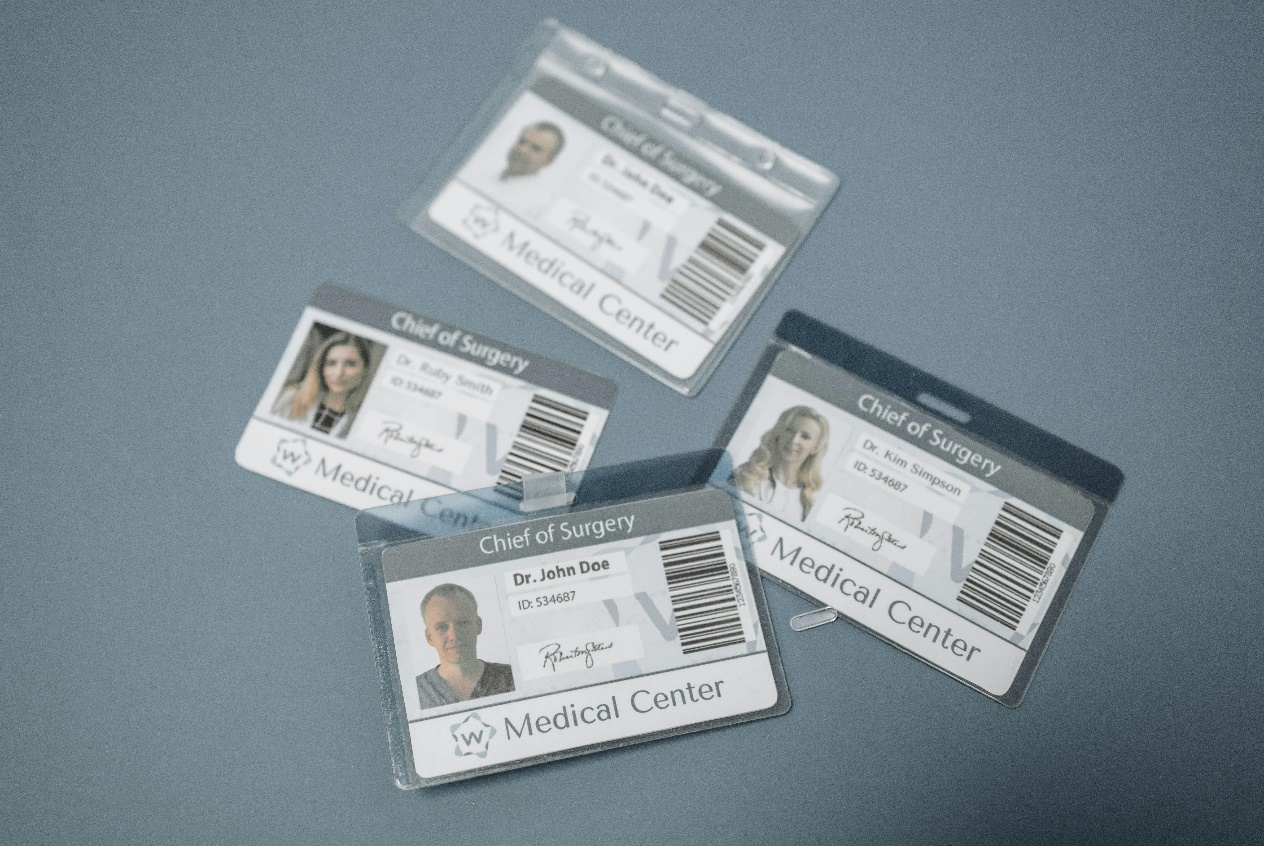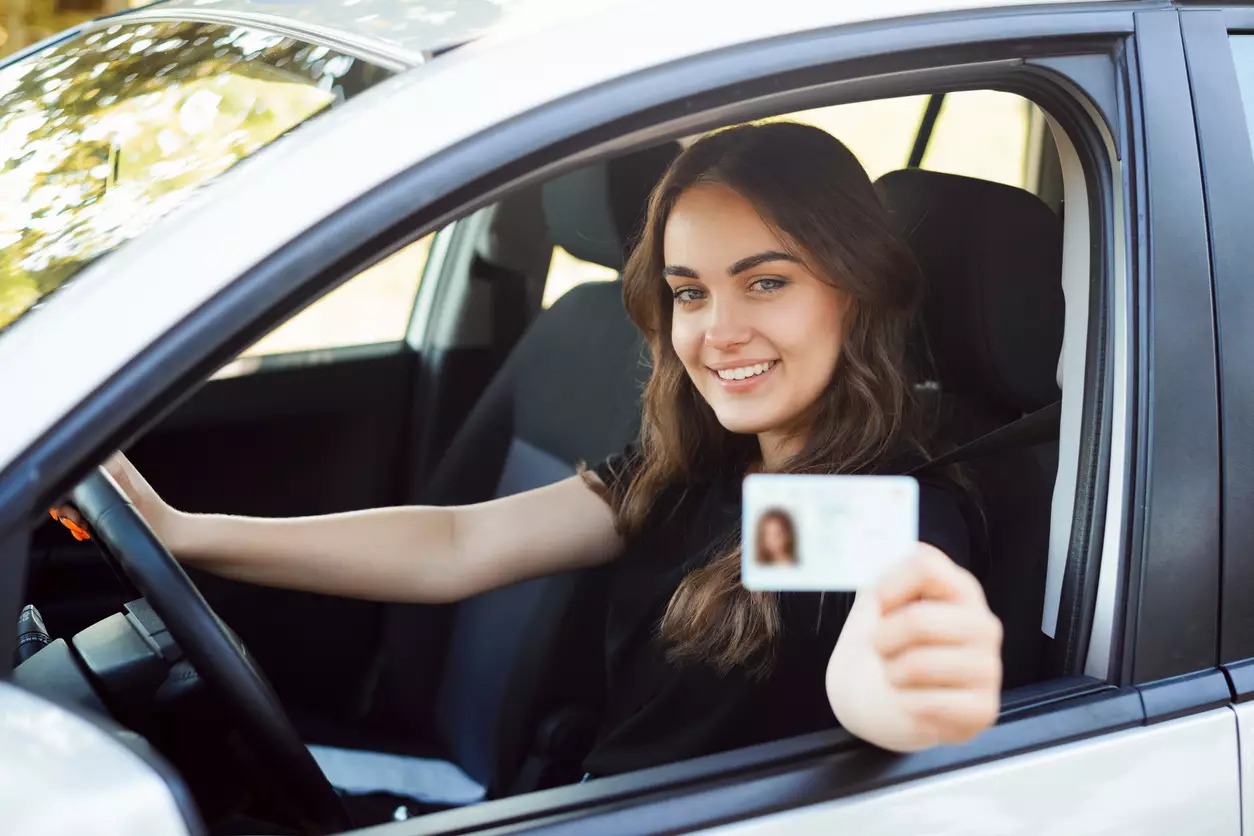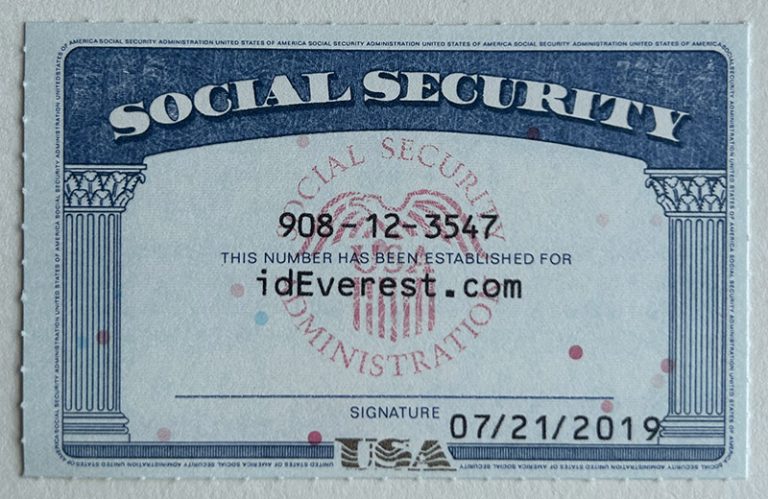How a driver's license facilitates the process of opening a bank account
Of course! To gain a deeper understanding of how a driver's license facilitates the process of opening a bank account, we need to understand the role of a driver's license in financial transactions and the broader context of banking regulations and requirements. Here is a comprehensive exploration:
Introduction
In the modern financial system, a driver's license is an important part of identification and can greatly simplify the process of opening a bank account. While a driver's license is not the only accepted form of identification, its widespread use is due to its high trustworthiness, ease of verification, and the fact that it often contains important personal information. This article will explore various aspects of how a driver's license facilitates the creation of a bank account, including the regulatory framework, practical benefits, and limitations.
The Role of Identification in Banking
Banking institutions must comply with strict regulations to prevent fraud, money laundering, and other financial crimes. One of the main regulations governing these requirements is the Know Your Customer (KYC) rule. KYC requires that financial institutions must verify the identity of their customers to ensure that they are not engaging in illegal activities. In order to comply with KYC regulations, banks require customers to provide identification documents when opening an account.
Acceptable Types of Identification
Typically, banks accept a variety of documents for identification, including:
Government-issued ID: such as a driver's license, passport, or state ID card.
Proof of address: Utility bill, lease agreement, or bank statement.
Social Security Number (SSN): For U.S. residents, or equivalent in other countries.
Other documents: Depending on the bank and jurisdiction, other forms of documentation may be required, such as a birth certificate or proof of employment.

Driver’s License as an Identification Tool
Driver’s licenses are a popular choice for primary identification documents for the following reasons:
1. Widespread Acceptance
Driver’s licenses are widely recognized and accepted by financial institutions due to their standardization and comprehensive verification process during issuance. This makes them a reliable form of identification for banks.
2. Comprehensive Information
Driver’s licenses contain several key pieces of information:
Name: The individual’s full name.
Date of Birth: Used to verify age and eligibility.
Address: Usually included, but some states may require separate address verification when issuing a license.
Photo: Helps visually confirm an individual’s identity.
Signature: Provides handwritten verification.
3. Easy Verification
Because driver’s licenses are issued by state or national authorities, their authenticity can be easily verified using standard procedures. Banks and financial institutions can quickly check the validity of the license through a database maintained by the issuing authority.
Practical Benefits of Using a Driver's License
1. Streamlining the Process
Opening a bank account using a driver's license (such as Missouri fake ID, Wisconsin fake ID, Kentucky fake ID, and Indiana fake ID, etc.) simplifies the process for both the customer and the bank. For the customer, it reduces the need to collect multiple forms of identification. For the bank, it simplifies the verification process.
2. Convenience
Many people already have a driver's license, making it a convenient option for meeting identification requirements. This reduces the need to obtain additional documents, which can be time-consuming and cumbersome.
3. Security
Driver's licenses provide a reliable method of identity verification that reduces the risk of fraud. Because the issuance of driver's licenses requires strict inspection by the authorities, driver's licenses are less likely to be forged than self-issued documents.
Limitations and Considerations
While a driver's license is a useful tool for opening a bank account, there are still some limitations and considerations to be aware of:
1. Not Universally Accepted
In some cases, banks may have additional requirements or may prefer other forms of identification, especially in jurisdictions with strict anti-money laundering regulations. For example, in addition to a driver's license, a bank may require a secondary ID or proof of address.
2. Change of address
If an individual has recently moved, their driver's license may not reflect their current address. This discrepancy can complicate the account opening process and require additional proof of address.
3. For non-drivers
For individuals who do not drive or are unable to obtain a driver's license (for example due to age or disability), another form of identification must be used. In these cases, banks typically accept additional government-issued ID or request additional documentation.
Regulatory framework
1. Know Your Customer (KYC) Requirements
As part of KYC requirements, banks must perform due diligence to verify the identity of their customers. This process includes collecting and verifying identification documents and may involve background checks.
2. Anti-Money Laundering (AML) Laws
AML laws require banks to take steps to prevent money laundering and other financial crimes. Proper identification is a key component of these measures, ensuring that individuals opening accounts are not engaging in illegal activities.
3. Data Protection Regulations
Banks must also comply with data protection regulations that govern how personal information is collected, stored, and used. This includes ensuring that identification documents (such as driver's licenses) are handled securely to prevent identity theft.
The Future of Banking Identity Verification
As technology advances, the way banks verify identity is also evolving. Digital identity and biometric verification are becoming more common, providing new ways to confirm identity. However, the driver's license remains a key component in this transformation due to its established role and the trust that customers and institutions place in it.
Conclusion
In summary, the driver's license plays an important role in the process of opening a bank account. The driver's license is widely accepted, easy to verify, and comprehensive, making it a valuable tool for meeting identification requirements. Despite some limitations and other considerations, such as the need for supporting documents and issues related to address changes, the driver's license remains a cornerstone of the banking industry's identity verification process.
As banking regulations and technology continue to evolve, the role of traditional identification methods such as driver's licenses may change, but their importance in facilitating financial transactions will continue to be recognized. Understanding these dynamics can help individuals navigate the banking system more effectively and ensure compliance with necessary regulations.
This article takes an in-depth look at how driver's licenses facilitate the process of opening a bank account, considering the advantages, limitations, and regulatory framework for the use of driver's licenses.

 Authentic Scannable Texas Fake
Authentic Scannable Texas Fake
 Learn about the different type
Learn about the different type
 The Role of Fake IDs in Modern
The Role of Fake IDs in Modern
 scannable Fake US-SSN
scannable Fake US-SSN